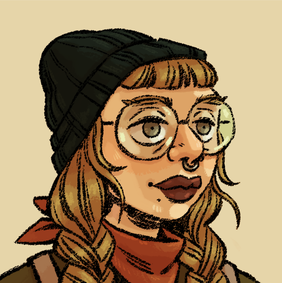
by Michele Kirichanskaya | Mar 2, 2025 | Blog, Featured
Bree Paulson is a SoCal writer and illustrator who loves spooky monsters, fashion history, and all things autumnal. After graduating from the Laguna College of Art and Design with a BFA in animation, she freelanced on a few independent animation and illustration...
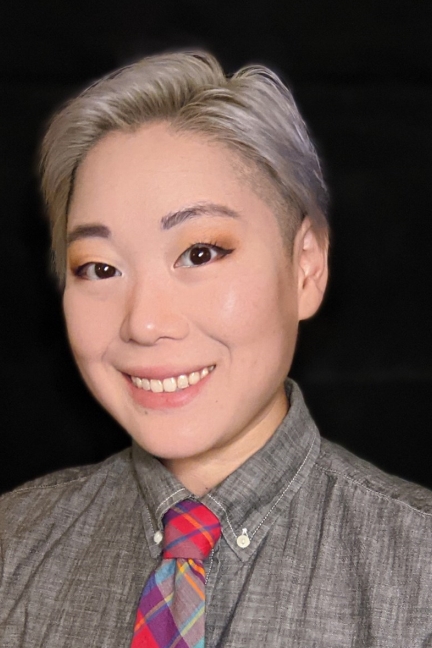
by Michele Kirichanskaya | Dec 6, 2024 | Blog
Sarah Myer is an Eisner-nominated comic artist, writer, and colorist whose work has been published by Macmillan/First Second Books, IDW Publishing, Dynamite Comics, VIZ Media,Good Trouble Comics, and Little Red Bird Press. Throughout their career, they’ve...
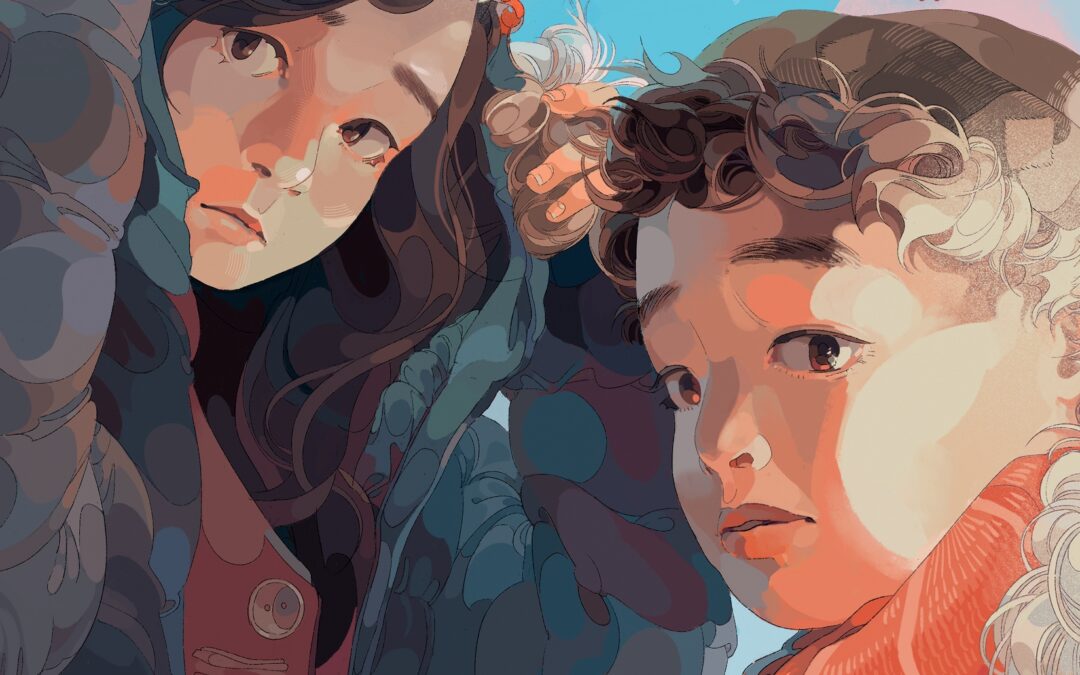
by Michele Kirichanskaya | Nov 27, 2024 | Blog
ABOUT THE AUTHOR Tina Cho is the author of Rice from Heaven: The Secret Mission to Feed North Koreans, Korean Celebrations: Festivals, Holidays and Traditions, My Breakfast with Jesus: Worshipping God Around the World, The Ocean Calls: A Haenyeo Mermaid Story,...
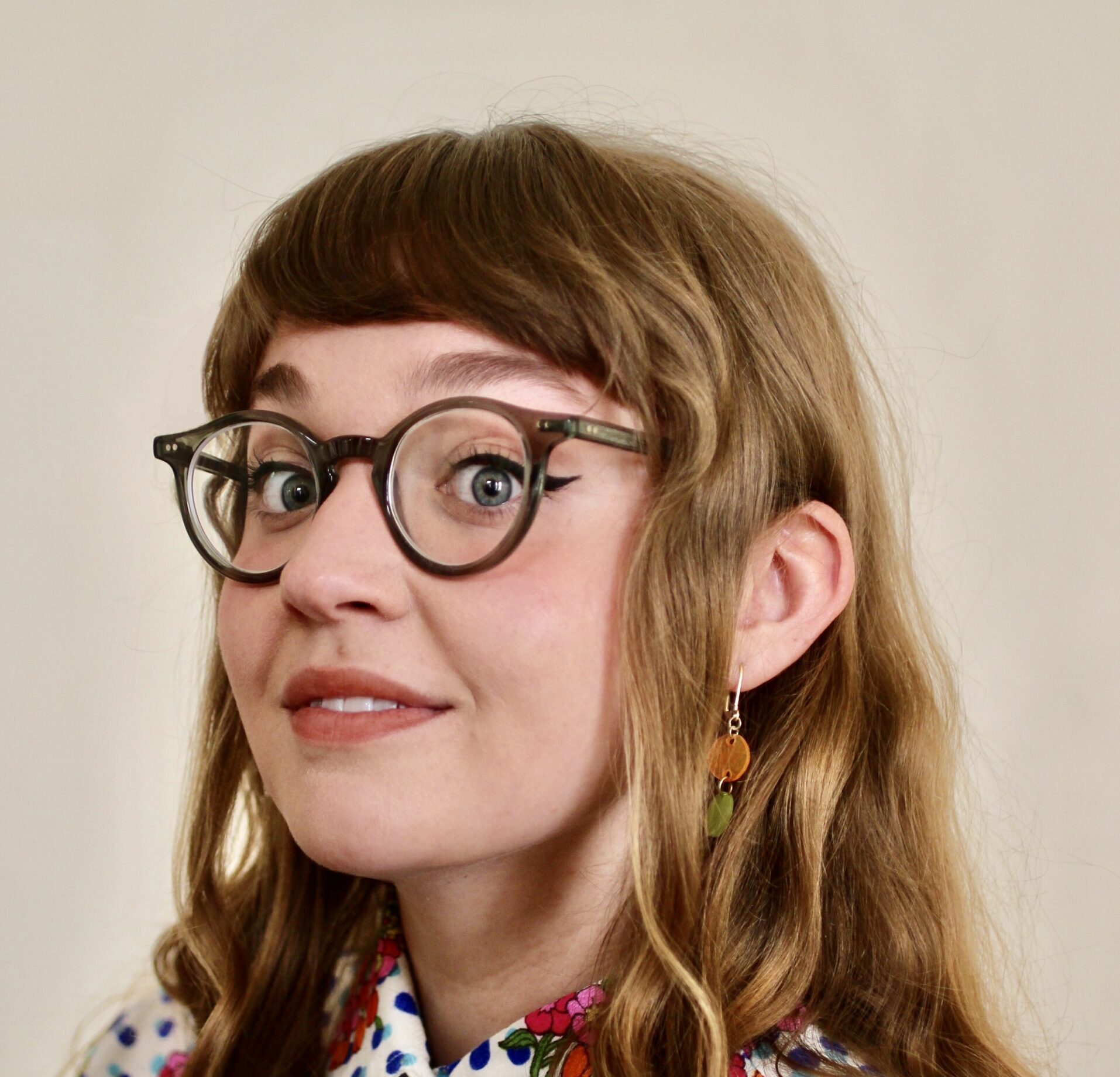
by Michele Kirichanskaya | Nov 21, 2024 | Blog
Sarah Mai is an illustrator and writer based in Minneapolis, Minnesota. She has a degree in English Literature from the University of Minnesota, Twin Cities where she developed a passion for graphic novels. She is the illustrator of The Cool Code and The Cool Code 2.0...
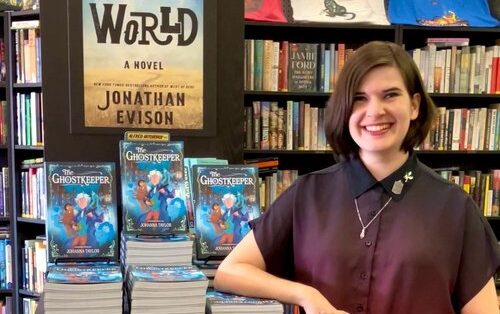
by Michele Kirichanskaya | Nov 6, 2024 | Blog
Johanna Taylor is an illustrator, concept artist with a BFA in Animation and graphic novelist based in Salt Lake City. She is passionate about tabletop RPGs, and comics, exploring topics of mental health through storytelling. Johanna also enjoys video games and...






